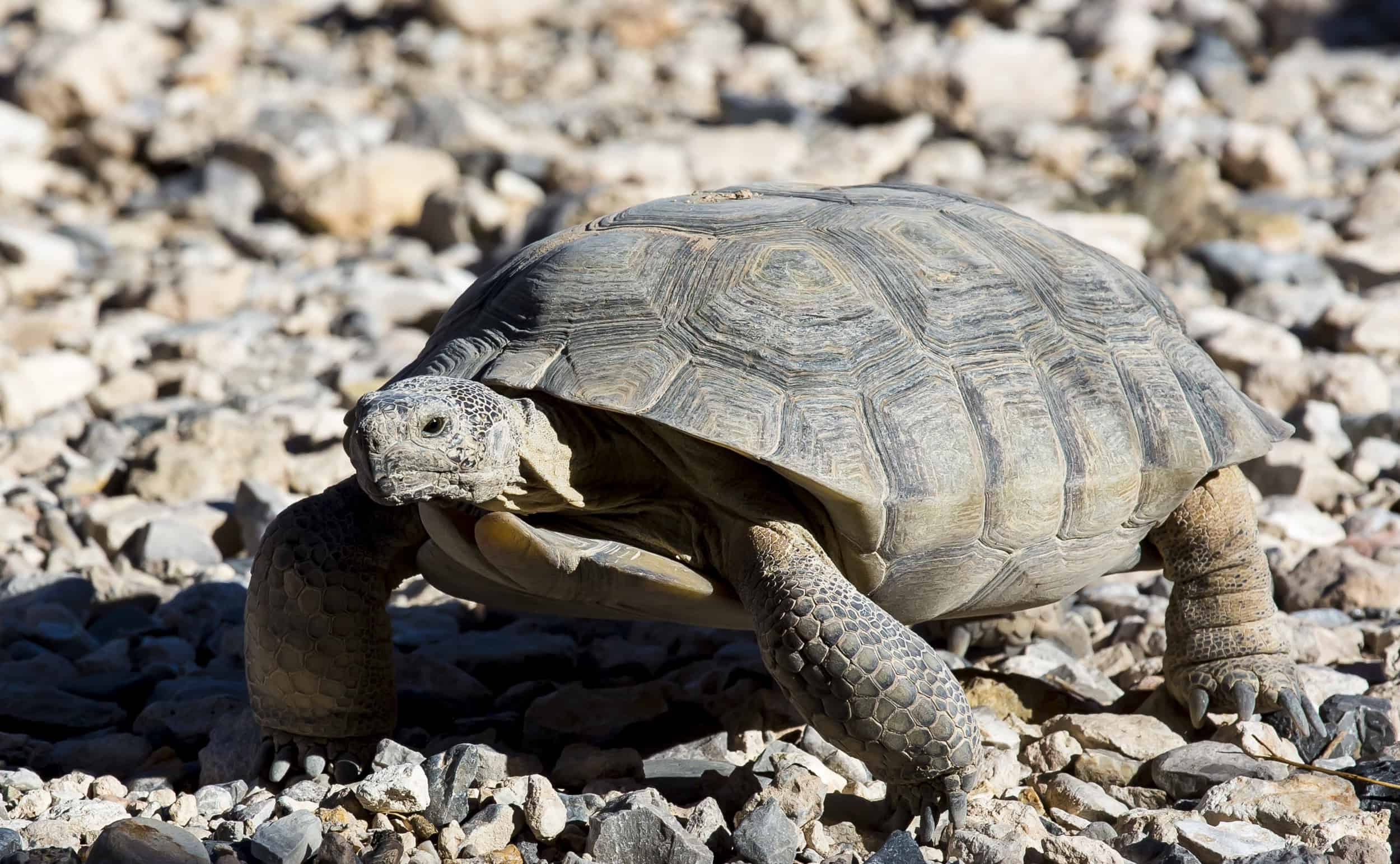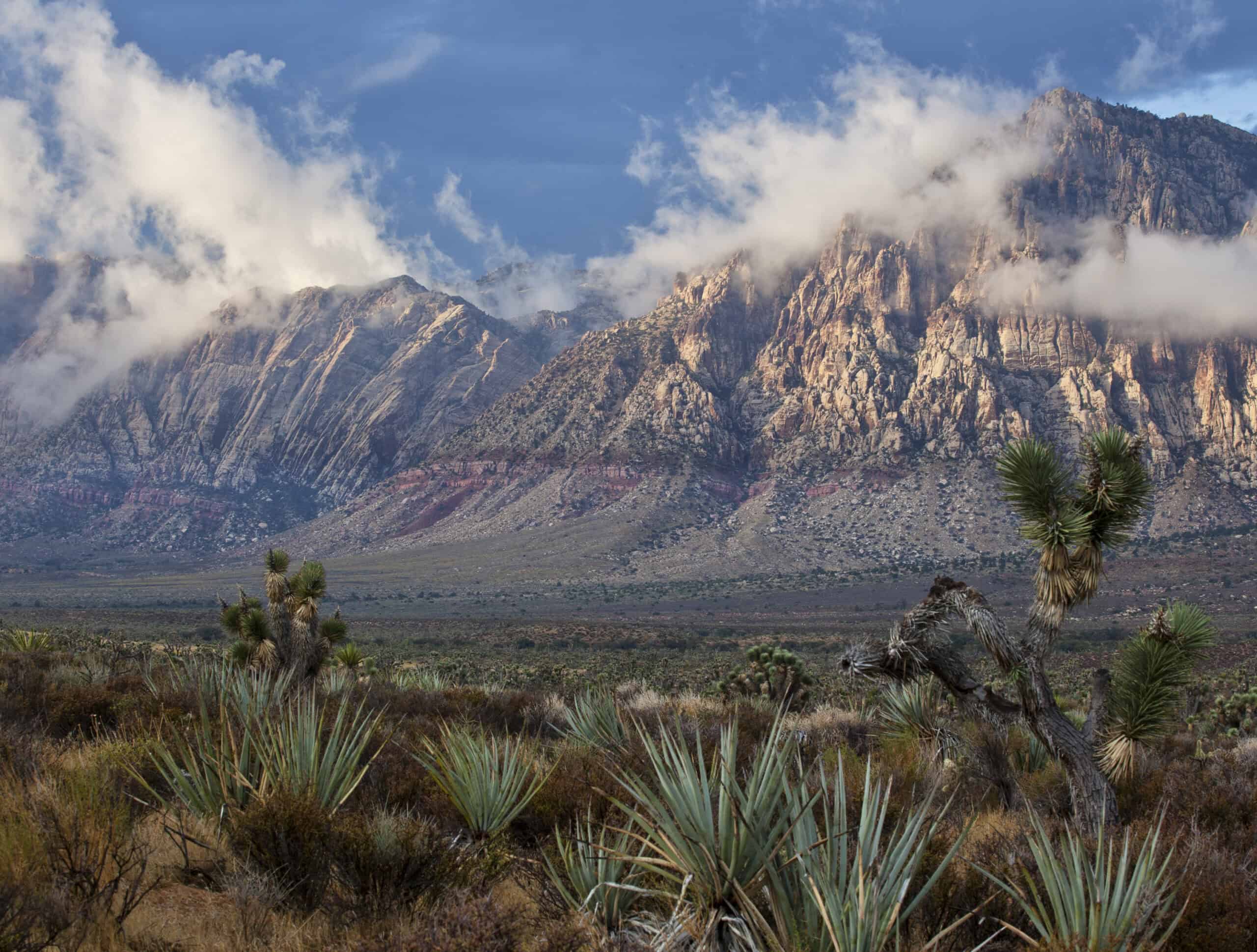Share this article
Cubs stay with their mothers longer to avoid hunters
For brown bear cubs, it pays to be a mama’s boy or girl.
Researchers recently found that brown bear (Ursus arctos) cubs in south-central Sweden stay with their mothers longer and, as a result, both mothers and cubs are less likely to deal with hunting pressures.
“Up until around 1993, all of the females we were monitoring had their cubs for only 1 ½ years,” said Joanie Van de Walle, a PhD candidate at the Université de Sherbrooke in Canada and lead author of the study published in Nature Communications. Scandinavian brown bears have high rates of reproduction because females were known to keep their cubs for short periods of time and then reproduce again, Van de Walle said. Because the population has been heavily hunted in the past, she said selection for this behavior likely comes from long-term persecution of the population.
But recently, researchers started to notice bears keeping their cubs longer in Sweden, similar to grizzlies in North America, which keep their cubs for 2 ½ years.
In the study, the researchers made use of a long-term dataset collected on brown bears in Sweden that monitors the bears from birth to death using GPS and VHF collars. The dataset includes data on around 500 bears since 1984. They cross-referenced the information they collected with hunting records in Sweden.
Van de Walle and her team found that in the last two decades, brown bears were changing their reproductive behavior. Before 2005, almost all females kept their cubs for 1 ½ years, but since 2005, more than 30 percent of females kept their cubs for an additional year. “There was a dramatic increase in proportion of more maternal care in a short period of time,” she said, likely due to hunting regulation changes.
Before 1986, only females with new cubs were protected from hunting. After their first year, hunting the cubs and the females was allowed. In 1986, regulation changed to protect females with their dependent cubs, regardless of the age of the cubs. This “may explain why females now keep their yearlings throughout the hunting season in the fall until they are 2 year olds,” Van de Walle said. “When they keep cubs one more year, it provides one more year of protection from hunting,” she said.
Van de Walle said this is likely a funneling effect where the females that keep their cubs longer succeed and reproduce more than other females. There is probably also some learning behavior going on, she said.
There are costs and benefits to this shift, Van de Walle said. While they are avoiding hunting, the change in reproduction can impact the overall population. For example, there may be a larger proportion of reproductive females, and since reproductive female hunting is prohibited, non-reproductive females and males become more vulnerable to hunting. “We don’t know yet what would be the consequences of shifted hunting pressure changes on the population,” she said.
Van de Walle said these findings could apply to other bear populations as well. “There are several hunting systems where females are protected from hunting, and it’s also believed hunters may not want to kill females that are with offspring,” she said. “This could be applicable to several other populations and other species as well.”
Header Image: A brown bear mother stands with its cubs in south-central Sweden. Researchers recently found brown bears here are staying with their cubs for a year longer than they had in the past. ©Sigfried Klaus








